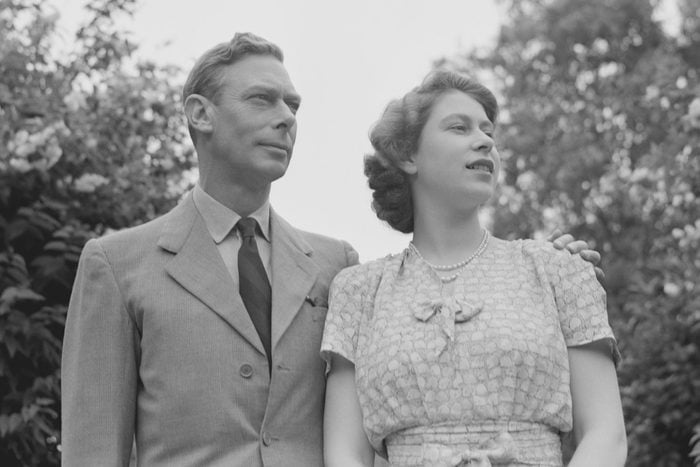
Her father’s daughter
For the first decade of Queen Elizabeth II‘s life, no one expected that the young princess would someday become queen, given her place on the royal family tree. Yet in a twist of fate, that’s exactly what happened; at the age of 11, young Elizabeth was suddenly thrust into the spotlight and the role of heir presumptive. With that came myriad new responsibilities and a new, far-more-public life. The one person who could understand what she was experiencing was Queen Elizabeth’s father, King George VI, who likewise had to step up to greater responsibility than he had expected. Here’s how King George became king and helped prepare the future queen to one day ascend the throne herself upon his death in 1952.
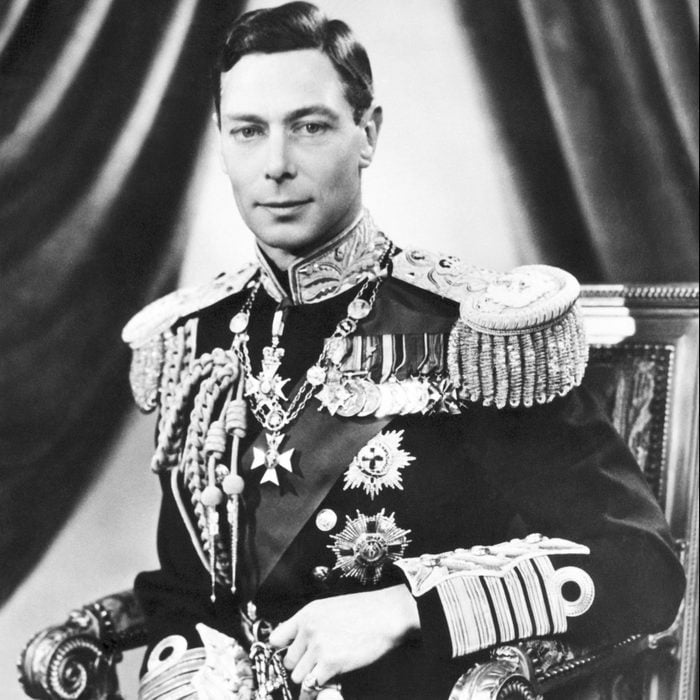
Why did Queen Elizabeth’s father become king?
As the second-born son of King George V, Queen Elizabeth’s father, Bertie, as he was known to friends and family, never expected to become king. Although there was always the possibility that Bertie could end up on the throne, it was not something that he spent much time envisioning or preparing for, if at all. Indeed, when his father George V died on January 20, 1936, Bertie’s older brother ascended as King Edward VIII, just as had always been anticipated.
It wasn’t long, however, before King Edward VIII began hinting that he might not want to live the life of a king; and, indeed, in December 1936, King Edward VIII abdicated in order to marry American divorcée Wallis Simpson. The upshot was that Queen Elizabeth’s father became King George VI, and his eldest child, Princess Elizabeth, became heir presumptive; presumptive because had her parents had a boy, per the rules of succession at that time, he would have been the heir to the throne ahead of Elizabeth.
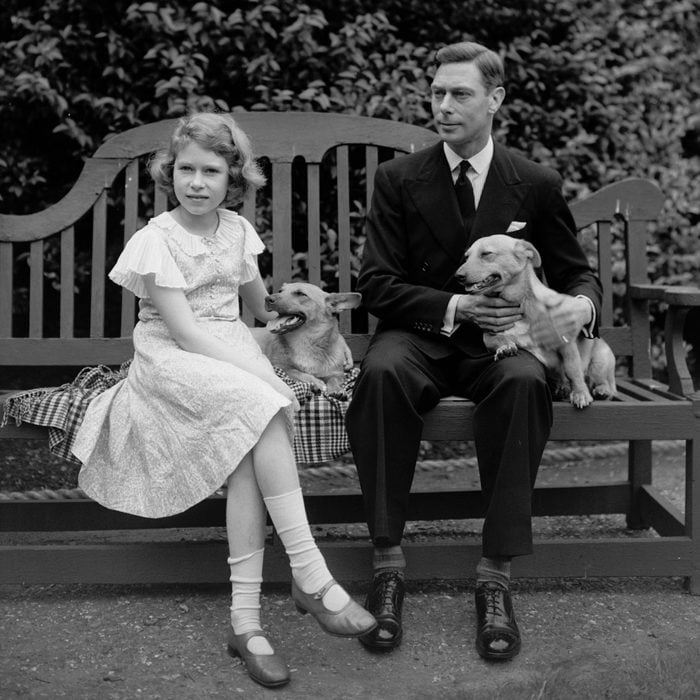
Elizabeth’s father prioritized preparing her for the throne
Born in 1895, Queen Elizabeth’s father was considered the “spare” to the “heir.” Before he ascended the throne, Bertie had never so much as seen an official state paper; moreover, he had a stammer that made public speaking uncomfortable, if not terrifying, for him. When King Edward VIII’s abdication went from possibility to certainty in December 1936, Bertie “broke down and sobbed like a child,” as he later recounted in a letter.
Despite his hesitations, Bertie dutifully and conscientiously assumed his many responsibilities, and one of the most important was preparing his then pre-teen daughter, Elizabeth, for the day that she would one day be queen.
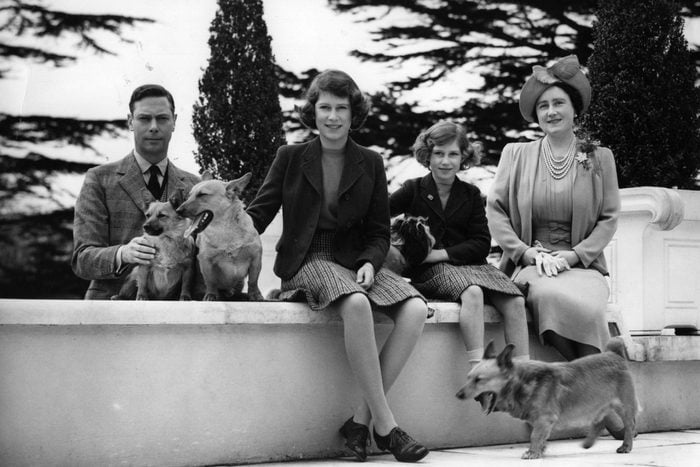
The family of King George VI was close and supportive
When Queen Elizabeth’s father unexpectedly became king in 1936, a great deal changed for the close-knit branch of the royal family known as the Yorks. But what never changed was their affectionate bond as a family. That was fortuitous because it helped renew the public’s faith in the monarchy after Edward VIII walked away from the throne. In addition, the warm relationship between father and daughter fostered George VI’s preparation of Elizabeth for the day that she would ascend the throne. George also instilled in her a love of corgis at the age of seven when he brought home puppy Dookie, the first of over 30 corgis the queen has owned over the course of the last 89 years.
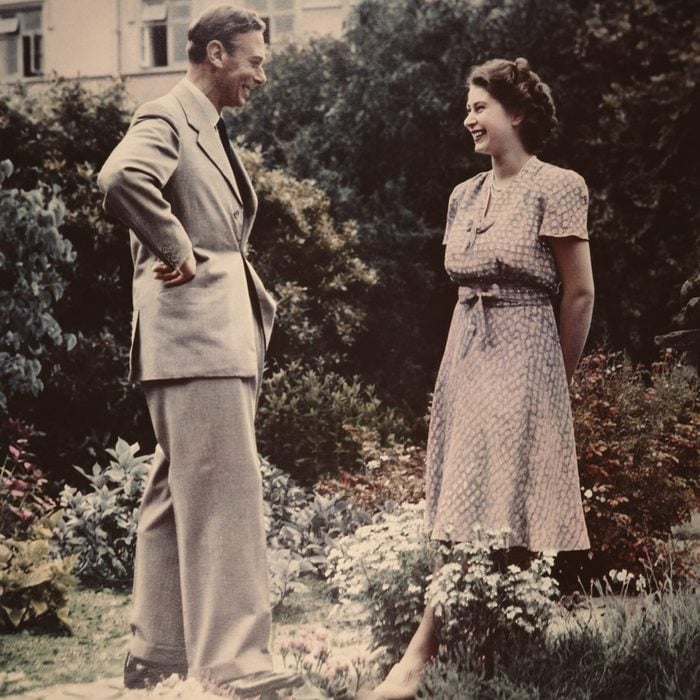
Queen Elizabeth’s father taught Elizabeth humility
Although Princess Elizabeth of York had already been on the cover of TIME magazine by the time she was three years old, her parents seemed resigned and happy to live out their lives as minor royals. Indeed, Elizabeth and her younger sister, Margaret, were raised largely away from the public’s gaze. Of course, that also meant that Elizabeth was entirely unprepared for the attention that came with her new role as heir presumptive. One way that Queen Elizabeth’s father helped prepare Elizabeth for her future as the British head of state was by going out of his way to treat Elizabeth on an equal par with her younger sister, Margaret.
This stood in sharp contrast to how it had been for Bertie as a boy, who grew up in the shadow of his brother. And it may well have contributed to the grace and humility with which Queen Elizabeth has become known for carrying out her duties.
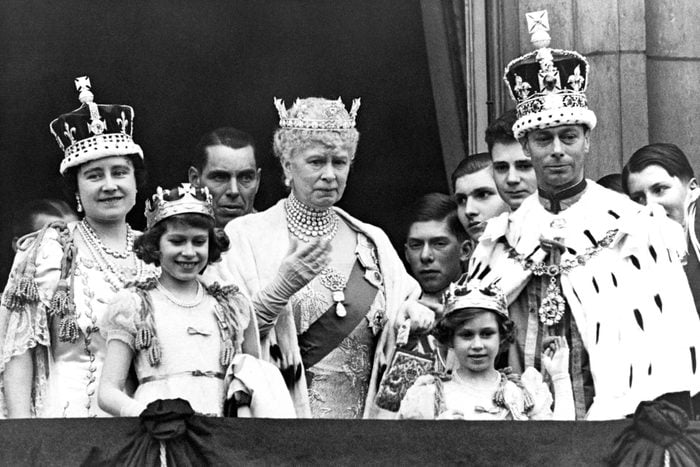
The coronation of King George VI was a teaching moment for Elizabeth
King Edward VIII abdicated without ever having been officially crowned. By contrast, Queen Elizabeth’s father’s coronation took place on May 12, 1937, within his first six months on the throne. Painfully aware of how ill-prepared he was for this highly auspicious event, he wanted things to be different for Elizabeth when she, one day, ascended the throne.
Accordingly, King George VI came up with a writing assignment for Elizabeth in connection with his coronation. Specifically, he asked her to pen a review of the event. He hoped this would help it become an indelible memory so that she could draw upon that for strength when her time eventually came.
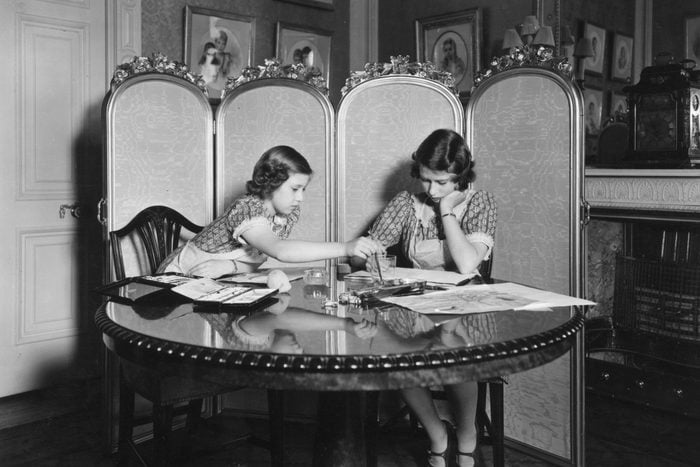
George refocused Elizabeth’s studies to better prepare her to reign
As the daughter of the Duke of York, Elizabeth was educated at home, with the focus being on the basics that were, at the time, considered necessary for your average minor female member of the royal family. These included not much more than reading and writing, according to The Atlantic.
Once her father became king, Princess Elizabeth’s education expanded vastly, and her father saw to it that Elizabeth also studied subjects that would bear significance on her future reign. These included European history, constitutional history, and laws, some of which were taught to her personally by Henry Marten, vice provost of Eton College. Religion lessons were taught by the Archbishop of Canterbury.
In addition, Elizabeth was taught both German and French, and despite “limited” time for pleasure reading, became well-versed in the works of Shakespeare, Coleridge, Keats, Browning, and Tennyson, among others.
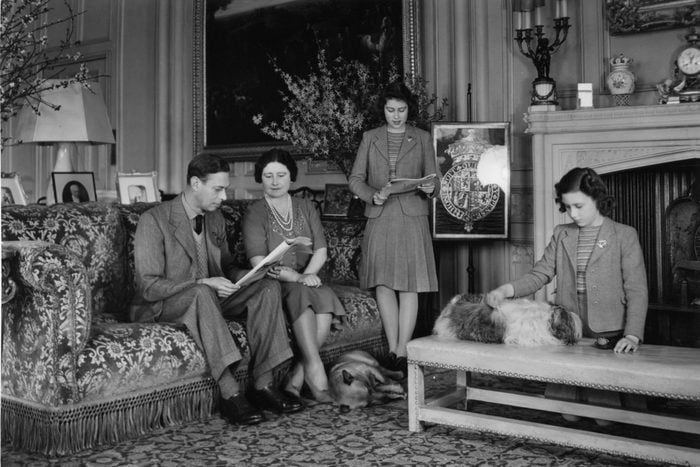
Queen Elizabeth’s father instilled in her a sense of duty to her kingdom
From the moment Bertie became king if not before, he was quietly but resolutely instilling in Elizabeth a strong sense of duty to the British people. As the Duke of York, he had been working hard with a tutor to become a better public speaker in spite of his lifelong stutter. By 1939, he had progressed so far that he was able to deliver, nearly flawlessly, the iconic broadcast in which he announced that England was going to war against Germany.
By the time she was 14, Elizabeth had already made her first radio broadcast, albeit one meant for a young audience. But it was the speech that she made on the occasion of her 21st birthday that may go down as her most iconic. It was in that speech that Elizabeth swore an oath to the citizens of the British Commonwealth, one that she upholds to this day, to serve on their behalf for the duration of her life, “whether it be long or short.”
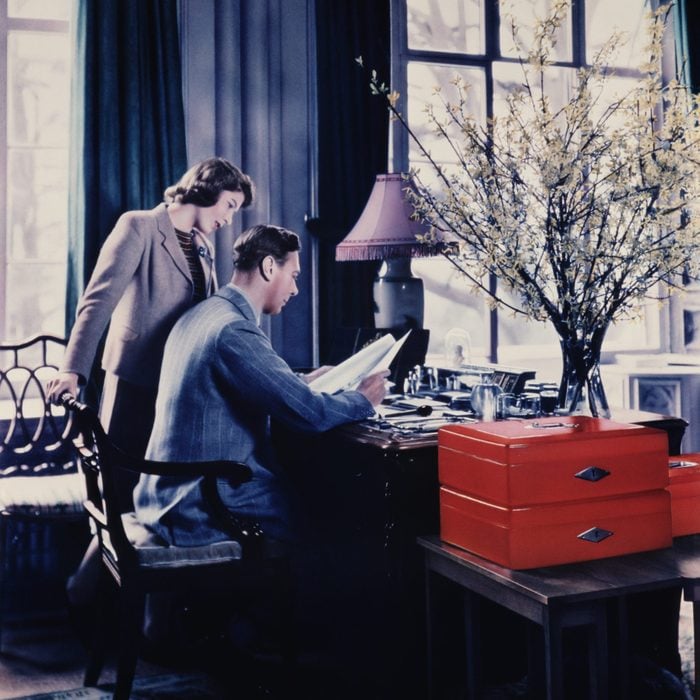
George involved Elizabeth in his reign early on
The speech in which Princess Elizabeth promised her lifelong service to the people of the British Commonwealth was auspicious for several reasons. First, after more than a decade of her father’s devoted service to the people, the heir presumptive was now promising to follow right along in his dedicated footsteps. Second, it being her 21st birthday, Elizabeth had now attained adulthood, meaning that she was now fully capable of making such declarations and meaning them, which went a long way to inspiring confidence in her future subjects.
Last but by no means least, Princess Elizabeth made that speech while on a royal tour with her father, mother, and sister in Cape Town, South Africa. This marked the very first time that a monarch had undertaken a royal tour with their family. It’s not known for certain whether George VI decided to bring his family along on that tour as a way of preparing Elizabeth for what lay ahead in her future as monarch, or whether he simply enjoyed traveling with his family.
What is clear is that Queen Elizabeth’s father’s choice to include his family in his travels was life-changing for Elizabeth. It opened the door to Elizabeth’s eventually taking on royal missions in her father’s stead. This went a long way toward preparing Elizabeth for the throne. It also provided respite to the King himself, whose health was, by then, growing increasingly frail.
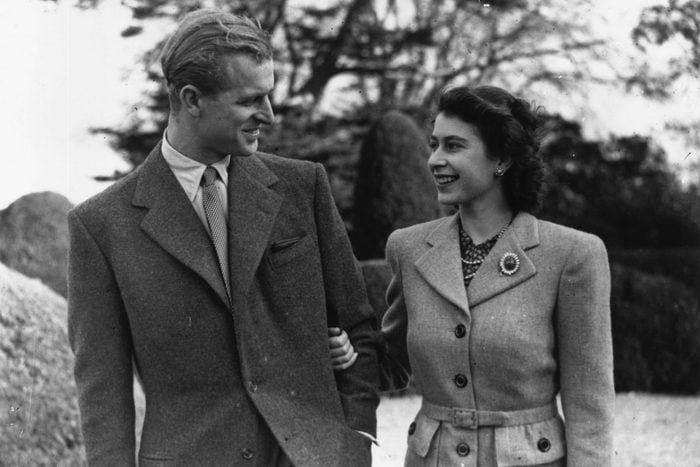
Queen Elizabeth’s father also helped prepare the public to receive its future queen and her spouse
Elizabeth first met her future husband, Prince Philip as a child in 1934, before reconnecting with him in 1939 when she was 13 years old. After that meeting, the pair began a lengthy correspondence that culminated in Philip’s asking for Elizabeth’s hand in marriage in 1946 when she was 20-years old.
Queen Elizabeth’s father requested that the couple wait until after Elizabeth’s 21st birthday before announcing their engagement to the public. Trusting the King’s judgment, the couple waited until July 9, 1947, to announce their plans to marry. It is thought that this delay in announcing their betrothal went a long way toward the British people accepting Philip.
What Elizabeth’s father did on her wedding day may have further guaranteed the public’s acceptance of Prince Philip as the spouse of the future queen. He styled Philip as a Prince of the United Kingdom and gave him the title, Duke of Edinburgh, among others. Now Philip would be a British prince in his own right, in addition to “just” being the future queen’s husband.
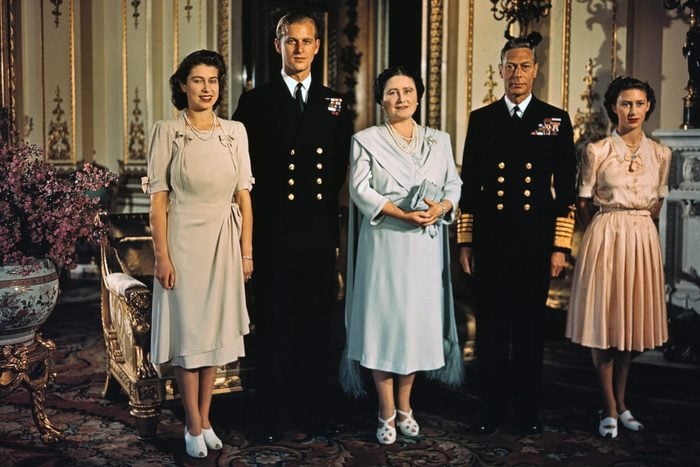
Queen Elizabeth’s father, King George VI, came to rely on Elizabeth as his royal proxy
During the first few years of his reign, George VI traveled quite a bit in his capacity as king. However, by the end of World War II, the King was already showing signs of physical decline. In 1949, he suffered an arterial blockage. He canceled his upcoming tours of Australia and New Zealand as a result. Two years later, the King underwent major surgery to have his left lung removed. Although he was not informed at the time that the diagnosis was lung cancer, it appears that George VI was already taking steps to ready his daughter Elizabeth for her reign, including making her privy to state papers and, presumably, the matters underlying them.
In 1951, Elizabeth embarked on her first royal tour on her father’s behalf. The destination was Canada, a British Commonwealth country. Elizabeth was accompanied by Prince Philip, who was now her husband and the father of their two children, Prince Charles and Princess Anne. It was while on another such tour on the King’s behalf, this one in Kenya, that Elizabeth learned that her father had died, and she was now Queen.
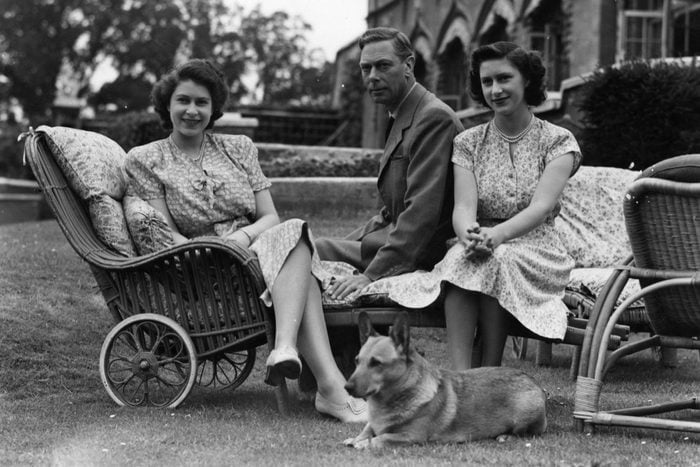
What happened to Queen Elizabeth’s father?
Queen Elizabeth’s father was a heavy smoker, a habit that vexed his loved ones and ultimately appears to have led to his early demise at age 56. As noted above, King George VI, whose health had been in decline since the close of World War II, suffered an arterial blockage in 1949. Two years later, surgeons removed his entire left lung for “structural abnormalities,” a euphemism of the day for lung cancer.
The King, who may never have learned of his cancer diagnosis, never fully recovered, delegating more of his royal responsibilities to his heir presumptive, Princess Elizabeth, as he became increasingly frail.
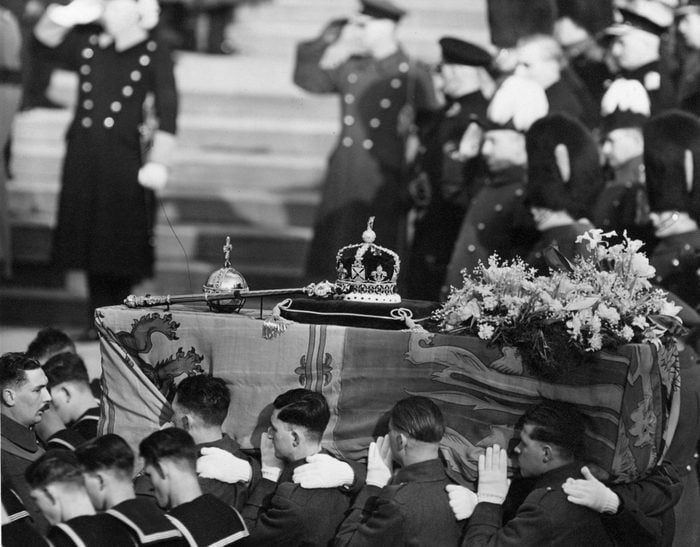
How did he pass away?
Queen Elizabeth’s father, George VI died in his sleep on February 6, 1952; it was considered a “sudden” death, notwithstanding the King’s increasing frailty over the last years of his life. At the time, his cause of death was said to be “coronary thrombosis.”
However, it has long been suspected that Queen Elizabeth’s father died not of that, but of complications from lung cancer. In fact, a 2021 scientific research paper suggests the specific cause of death as being either pulmonary embolus or massive intra-thoracic hemorrhage; in either case, the result of the spread of the cancer to the King’s other lung.
It’s really a tribute to their warm father-daughter relationship that when King George VI died, the newly ascended Queen Elizabeth was well-prepared, both academically and emotionally, for her own reign. It’s a further tribute that when Queen Elizabeth ascended, the public was ready to embrace her as their sovereign.
Sources:
- TIME: “When Queen Elizabeth Was a Princess”
- The Atlantic: “The Education of a Queen”
- Cardiovascular Pathology: “The illness and death of King George VI of England: the pathologists’ reassessment”
